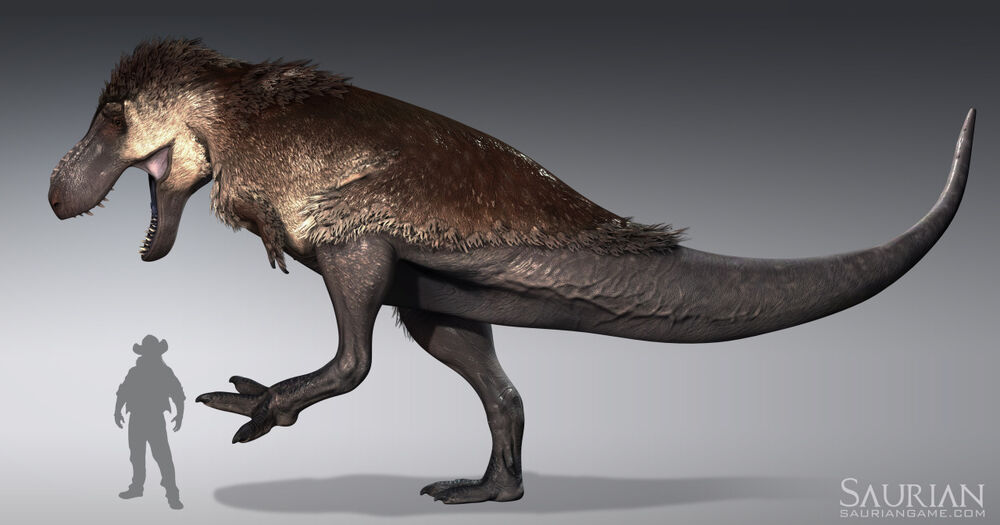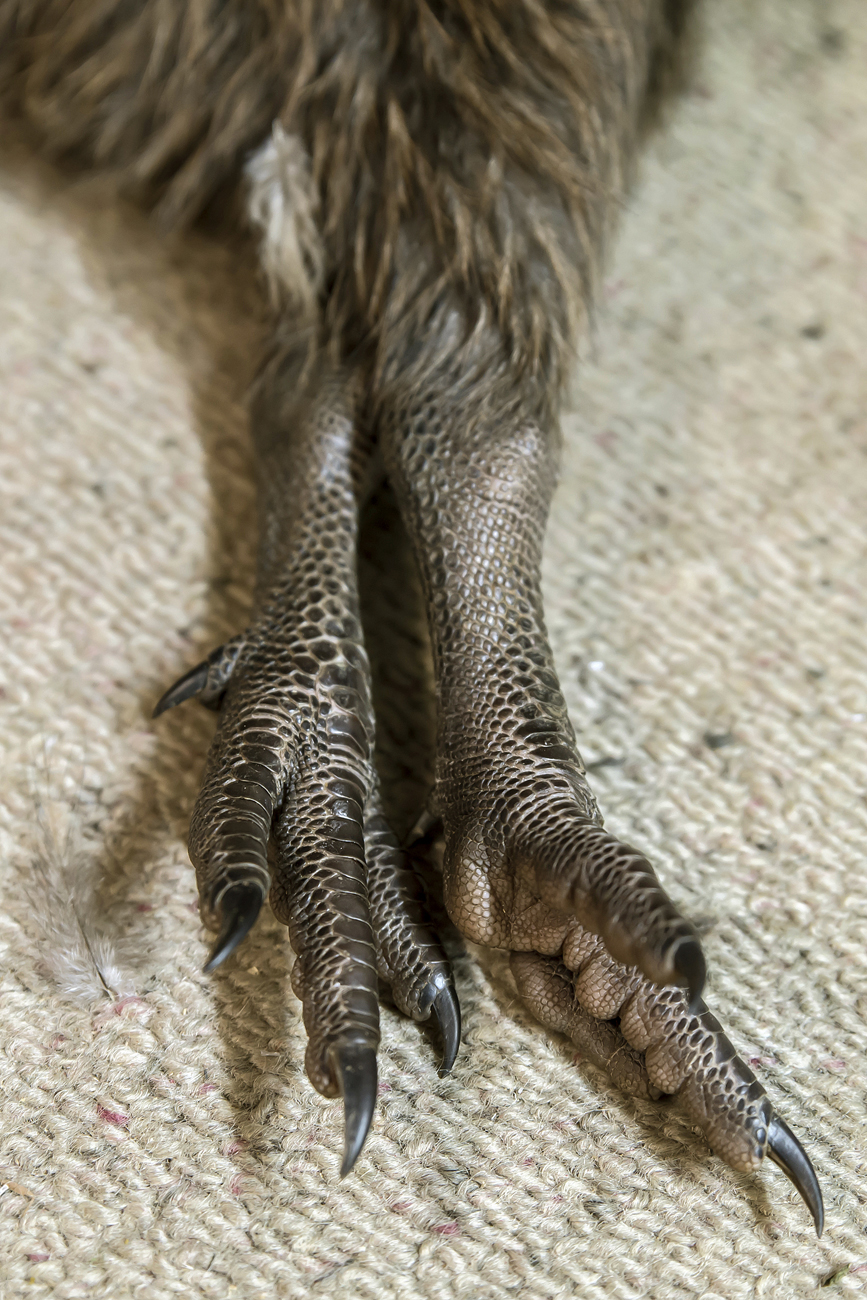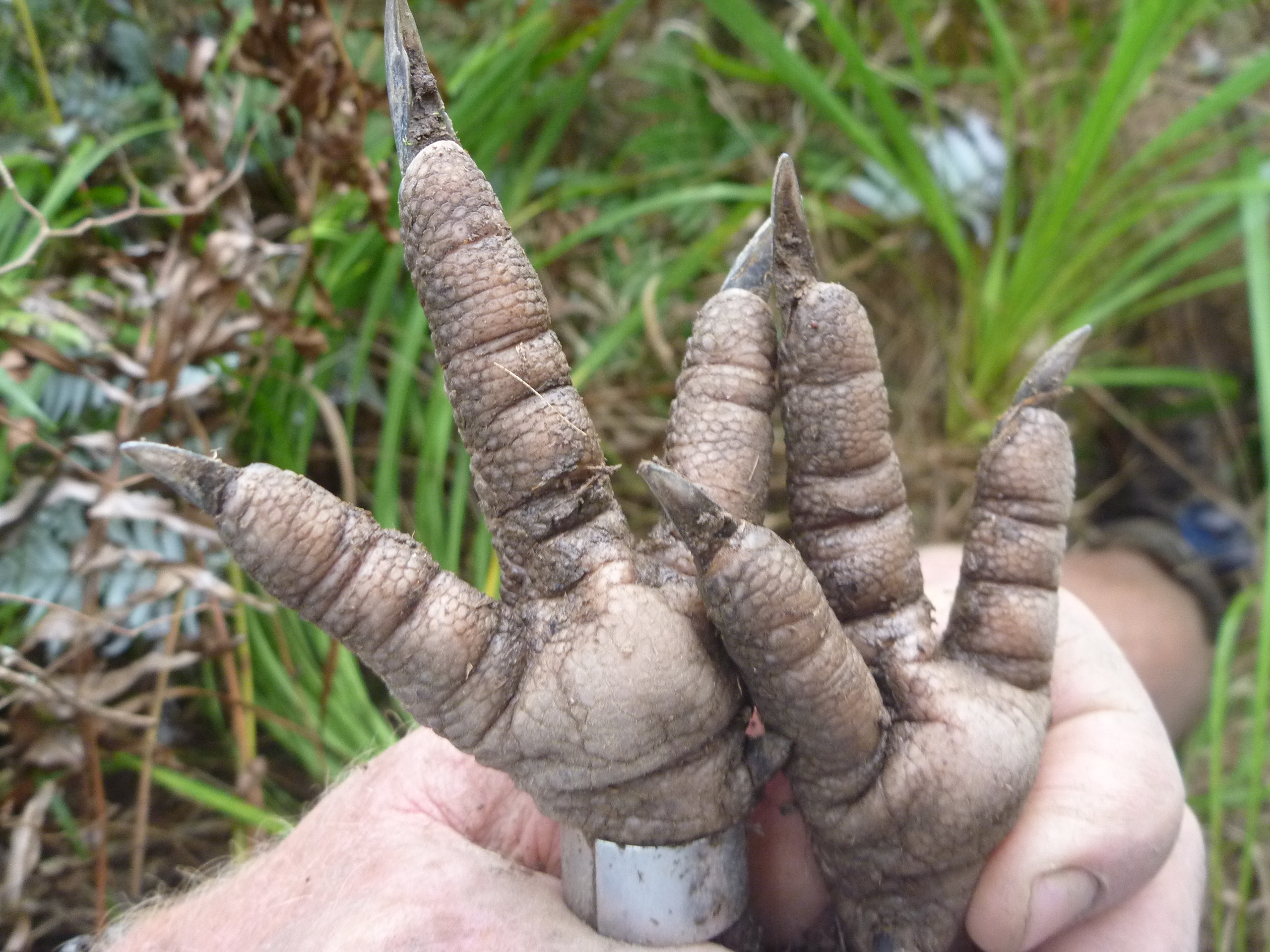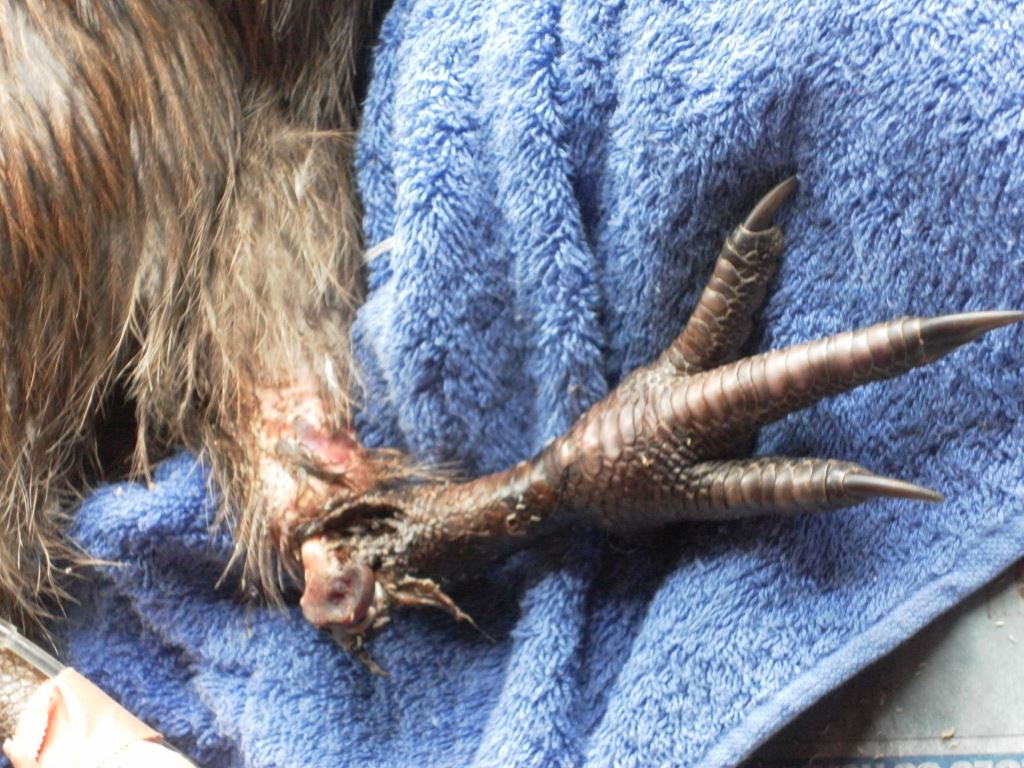Post by Infinity Blade on Jul 7, 2019 16:05:53 GMT 5
Anyway, i found a paper that is against the idea of 'kicking T-rex' of Rothschild (2013). You may want to take a look: Tyrannosaurids didn't use their claws in combat
"Rothschild (2013) suggested that many of the facial and postcranial scars in tyrannosaurid
specimens are in fact caused by claws of the other tyrannosaurids. However, the
evidences suggested by Rothschild (2013) are very weak. Tooth marks can have very
different shapes with real tooth sections or shapes, and multi-ton giants like
tyrannosaurids would have been impossible to kick each others' faces. Also, the very short,
range limited tyrannosaurid forelimbs would be impossible to hit the opponents' faces."
"Rothschild (2013) suggested that many of the facial and postcranial scars in tyrannosaurid
specimens are in fact caused by claws of the other tyrannosaurids. However, the
evidences suggested by Rothschild (2013) are very weak. Tooth marks can have very
different shapes with real tooth sections or shapes, and multi-ton giants like
tyrannosaurids would have been impossible to kick each others' faces. Also, the very short,
range limited tyrannosaurid forelimbs would be impossible to hit the opponents' faces."
I've known this for as long as I've known Rothschild's paper, and I've addressed it. I get why the idea of a 6t biped using its feet as weapons sounds implausible, but his arguments and defense were...less than satisfactory (e.g. he mentions jumping was impossible, but jumping was never proposed; he thinks tooth marks could be made larger by shaking or multiple bites, the former of which is not how bone deforms AFAIK and the latter of which is not consistent with pathology distribution). See this post for more details.
Also, quite recently I emailed Dr. Rothschild himself; this was apparently the first he had ever seen this and sure enough, he wasn't swayed either. Black text is me. Blue text is Dr. Rothschild.
Hello Dr. Rothschild. I believe you were the one who published Clawing Their Way to the Top: Tyrannosaurid Pathology and Lifestyle in Tyrannosaurid Paleobiology.
I was wondering, have you seen this 2015 reply to that paper? It’s a short (non-peer reviewed) reply that challenges the interpretation of claws causing pathologies seen in tyrannosaurids.
peerj.com/preprints/980/
While I did read the reply for myself and wasn’t really convinced by it, I was curious to see what you yourself think of it and whether you agree to the objections in it.
Thank you for your time.
[name withheld]
I was wondering, have you seen this 2015 reply to that paper? It’s a short (non-peer reviewed) reply that challenges the interpretation of claws causing pathologies seen in tyrannosaurids.
peerj.com/preprints/980/
While I did read the reply for myself and wasn’t really convinced by it, I was curious to see what you yourself think of it and whether you agree to the objections in it.
Thank you for your time.
[name withheld]
Dear [name withheld],
Thank you for drawing this to my attention. No, I had not seen it. You are correct that the comments are not convincing. The author ignored the penetration of two cranial bones and the perfect fit of a pedal claw. He also ignored the demonstration of posture that permitted such damage. Further, the author did not provide evidence for his claim that teeth could be responsible for all lesions. Interesting you sent a "preprint" Was it ever published?
Sincerely,
Bruce
Thank you for drawing this to my attention. No, I had not seen it. You are correct that the comments are not convincing. The author ignored the penetration of two cranial bones and the perfect fit of a pedal claw. He also ignored the demonstration of posture that permitted such damage. Further, the author did not provide evidence for his claim that teeth could be responsible for all lesions. Interesting you sent a "preprint" Was it ever published?
Sincerely,
Bruce
I’m not sure if it was ever actually published. At least not in a peer-reviewed journal (since it never was peer-reviewed).
Dear [name withheld],
I was reviewing his publications. He seems to really like preprints, but none seem to have sufficiently impress reviewers to be actually published.
Bruce
I was reviewing his publications. He seems to really like preprints, but none seem to have sufficiently impress reviewers to be actually published.
Bruce
It must be stressed that I'm not proposing T. rex would kick really high up to another T. rex's face like a taekwondo practitioner*, but I think low-to-the-ground attacks where the kick-ee's head is low to the ground (e.g. drinking or feeding off of a carcass) are still in the realm of plausibility.
*This rather dynamic skeletal and illustration by Scott Hartman may give us an idea of how high a T. rex might kick. Of course, this may not necessarily mean it actually did this in practice, but just a thought. Not completely necessary anyway, as long as a body part was low enough to the ground to be attacked by either one of the pedes.



















